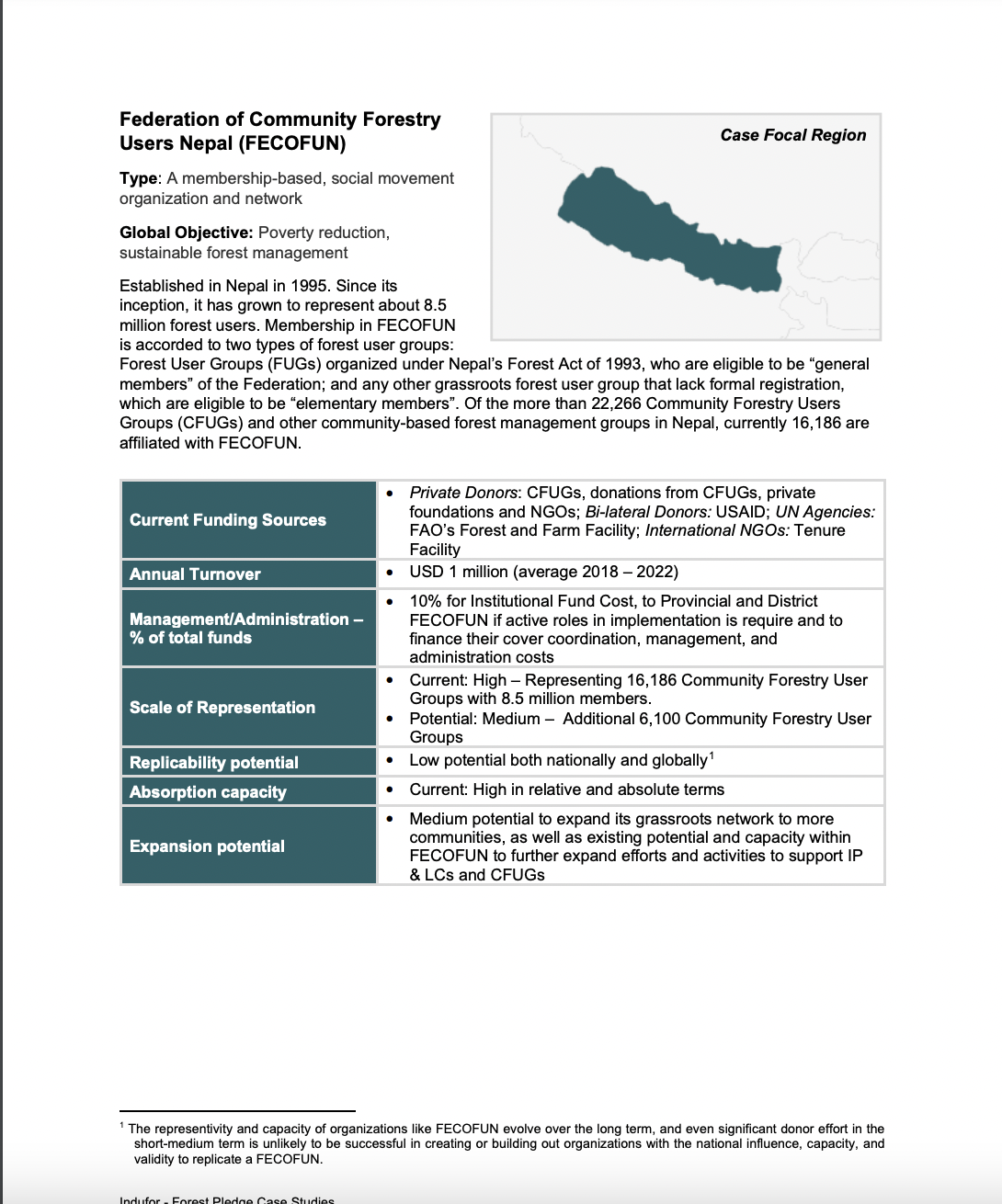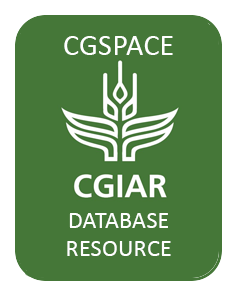This case study describes the work of Federation of Community Forestry Users Nepal (FECOFUN).
This case study describes the work of Federation of Community Forestry Users Nepal (FECOFUN).
This brief conducts benefit-cost analysis for key climate-smart practices to support agenda setting for the attainment of National mitigation targets under Nepal’s updated NDC and Net-Zero strategy.
This brief presents the results of a modelling analysis of goat farming systems from three study sites in Nepal, shedding light on the potential greenhouse gas mitigation potential of improved goat production systems as promoted by Heifer Nepal.
Status and trends of mixed farming systems, targeting, data visualization.
‘Urbanization’ refers to the expansion of built-up areas caused by several factors. This study focuses on the urbanization process in Kathmandu, the capital of Nepal. Supervised classification was conducted in Google Earth Engine by using Landsat data for years 2001, 2011 and 2021. The random…




